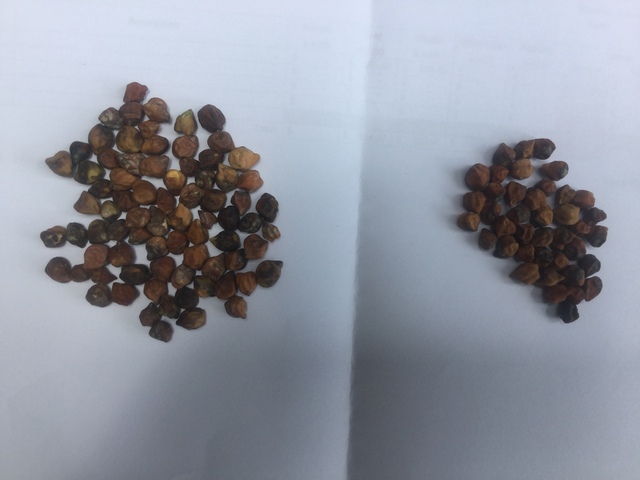
Winter crop considerations are fast approaching, and part of these deliberations involves having available or purchasing your planting seed.
This is a long-standing topic of mine, and I still believe we often forget or get sidetracked on the basics of seed quality, especially during these times of heavy workloads.
For winter crop production, farmers commonly retain their own seed for wheat, barley, oats, or chickpeas. I have no issue with this practice; however, it’s important to remember that preparing a crop for future seeding operations begins well before the planting date of that seed crop.
Right back at the start, you need to ensure your soil nutrition levels are at least adequate — ideally optimal — and that key nutrients such as nitrogen, phosphorus, and potassium are correctly placed within the future developing root zone of your intended seed crop.
Minor elements like zinc and sulphur should not be overlooked either.
The goal is to achieve good germination and vigour levels in your seed crop after harvest. Germination is straightforward to assess, as we can observe it in real time.
However, vigour is more complex — it is not a single property but rather the seed’s ability to germinate and grow normally after harvest, through storage, and under potentially adverse conditions in your newly planted paddock.
At times, we do push the envelope — starting large planting areas a day or three too early, finishing when conditions are a bit dry — and often, seed quality is what gets us across the line.
Seed vigour may be influenced by the seed’s genetics and environment, along with factors such as soil moisture availability, soil and air temperatures, seed age, previous harvest conditions, and storage conditions.
This is particularly critical for small-seeded crops like millets and lucerne, where the speed of germination and emergence serves as a good indicator of vigour.
Never overlook your planting seed quality.
Consider the growing environment, including soil nutrient levels and plant-available water, when determining the best paddock for seed retention.
Finally, if you have a seed lot of unknown or questionable origins, always conduct a germination test — even a basic one.
When it comes down to it, high-quality seed can be the most cost-effective input in your farming system or plant-growing activities.





![Future thinking starts with [Theory] U](https://gladstonetoday.com.au/wp-content/uploads/2025/12/dinkusBUN_293688_01-100x70.jpg)